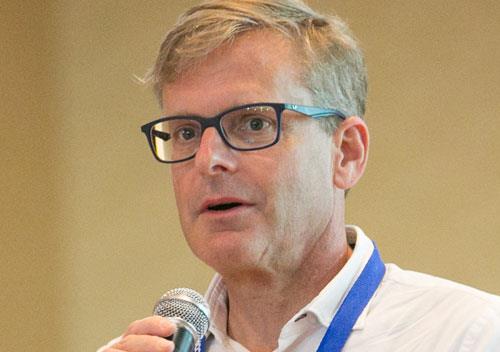Halting, then reversing the dangerous, ongoing loss of Earth’s plant and animal diversity requires far more than an expanded global system of protected areas of land and seas, scientists warned on Wednesday, January 19, 2022.

Needed is successful, coordinated action across a diverse, interconnected set of “transformative” changes, including massive reductions in harmful agricultural and fishing subsidies, deep reductions in overconsumption, and holding climate change to 1.5°C.
More than 50 scientists from 23 countries on Wednesday delivered to governments a synthesis of the science informing and underpinning 21 targets proposed in the draft “post-2020 Global Biodiversity Framework” being negotiated under the UN Convention on Biological Diversity (CBD) and scheduled for adoption later this year at a world biodiversity summit in China.
The analysis was coordinated by two renowned international science bodies: bioDISCOVERY, a programme of the Future Earth organisation, and the Group on Earth Observations Biodiversity Observation Network (GEO BON).
Says Paul Leadley, an assessment leader, past chair of bioDISCOVERY, and Professor at Paris-Saclay University, France: “The target of protecting 30% of all land and seas is important and attracting a lot of attention. And expanding protected areas is a good start if done well, but far short of what’s needed to halt and reverse biodiversity loss – called ‘bending the curve’ for biodiversity’.
“There’s very good evidence that we will fail again to meet ambitious international biodiversity objectives if there’s too much focus on protected areas at the expense of other urgent actions addressing the threats to biodiversity.
“Governments are clearly struggling with the breadth and depth of the ‘transformative changes’ needed to bend the curve for biodiversity, and sometimes seem unwilling to face up to it. But deep changes are necessary and will greatly benefit people in the long run.”
The essential point, says bioDISCOVERY co-Chair Lynne Shannon, a Professor at the University of Cape Town, South Africa, is that “there is no one-to-one linkage from any action target to a specific milestone or goal; instead, ‘many-to-many’ relationships exist among them. We need to recognide, therefore, the complex relationships among targets, milestones and goals and undertake our planning and actions in an integrated manner.”
Says co-author Maria Cecilia Londoño Murcia of the Humboldt Institute, Colombia: “The sooner we act the better. Time lags between action and positive outcomes for biodiversity can take decades so we must act immediately and sustain our efforts if we are to reach the global goals by 2050. The time needed for safeguarding and restoring ecosystem structure, function and resilience is particularly critical for people and communities whose livelihoods and well-being directly depend on these systems and the benefits they provide.”
Adds co-author David Obura, a distinguished scientist at the Coastal Oceans Research and Development (CORDIO), Kenya: “High levels of ambition for halting and reversing biodiversity loss will be critical. We underline, however, that this cannot be achieved just by conventional conservation actions.
“We show that the 21 Targets of the Global Biodiversity Framework essentially cover this broad gamut of indirect and direct drivers, but that no one Target can be implemented as a priority over the others to achieve success (other than providing the financial and other means necessary to implement all targets).”
